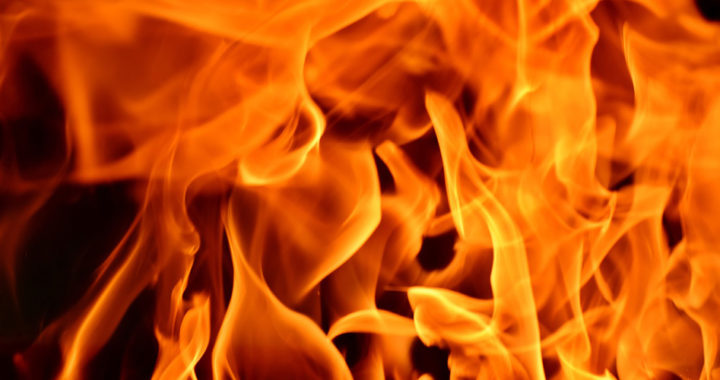Spontaneous combustion is a phenomenon in which a material or substance burns due to an increase in temperature from exothermic internal reactions, followed by thermal runaway or self-heating that rapidly acceleration to high temperatures, and finally, autoignition in which a substance reaches its kindling point at which it spontaneously ignites in normal atmosphere without an external source of ignition.
There have been anecdotal reports of people who spontaneously combusted. However, analyses of these cases revealed that the incidents were not true examples of spontaneous combustion because of the involvement of an external source of fire or ignition. This article identifies these alleged cases and provides the most logical explanations behind these incidents.
Reported Incidents or Cases of Spontaneous Combustion in Humans
In an article published in 1976, nonfiction mystery writer Larry E. Arnold discussed the mysterious death of physician Dr. John Irving Bentley in 1966. A meter reader found the cremated remains of the 92-year-old man in the bathroom of his home in Pennsylvania.
Arnold noted that lower leg of Bentley remained unburned and thus, recognizable. It appeared that the entire body burned off at the knee. He also added that the house remained standing despite the body burning to a pile of ash.
The writer also published the book “Ablaze: The Mysterious Fires of Spontaneous Human Combustion” in 1995 in which he reiterated the supposed account and tragic fate of Irving. He also mentioned the case of widow Mary Reeser.
Reeser perished in her small apartment in 1951. Her body burned along with the overstuffed chair in which she had been sitting and an adjacent end table and lamp. The rest of the apartment suffered minimal damage from the fire.
Another supposed case of spontaneous human combustion involved Jack Angel, who claimed that he survived the phenomenon. More specifically, he woke up on 12 November 1974 with severe burns on his hand, chest, and other parts of his body.
The supposed survivor claimed further that his doctor told him that the burning happened internally. Note that there were no signs of burning found in his home. He also claimed that his clothing had not been burned.
Explaining the Causes of Supposed Spontaneous Human Combustion
L. E. Arnold provided his theories behind spontaneous combustion in humans. He explained that extreme stress could set human bodies ablaze. In addition, he presented an idea called preternatural combustibility in which cells reached a heightened susceptibility to ignition by an outside spark. None of these assumptions have been validated by science.
American skeptic and investigator of the paranormal Joe Nickell published an article in 1996 that debunked the claims of Arnold by providing reasonable explanations behind the supposed incidents of autoignition in humans. For starters, he explained that Bentley had the habit of dropping matches and hot ashes from his pipes as evident from burnt spots in his robes.
In reconstructing the incident in 1996, Nickell explained that the 92-year-old man woke up to find his clothes on fire then walked to the bathroom to try to extinguish the flames. However, he passed out before putting out the flames. The trigger of the fire could be hot ash from his pipe or the matches he kept from his pockets.
Nickel also tried to explain what happened to Reeser. He noted that the widow was last seen by his son smoking a cigarette and wearing flammable nightclothes—after taking two sleeping pills. The official police report also explained that the chair burned due to liquefied fat sipping into the stuffing and burning the body further.
The wick effect could provide a more plausible explanation as regards supposed incidents of humans burning spontaneously. Note that the combustions were not spontaneous according to Nickel. The theory explains that an external source of fire ignites nearby flammable materials such as clothing and then combusts the body.
Furthermore, according to the wick effect, the body remains aflame his or her clothing or any nearby combustible material becomes soaked in liquefied body fat. The burning human body acts like an “inside-out” candle, with the fat—which is the fuel source—inside and the fat-soaked material—which is the wick—outside.
FURTHER READINGS AND REFERENCES
- Arnold, L. E. 1976. “The Flaming Fate of Dr. John Irving.” Pursuit of Fall
- Arnold, L. E. 1995. Ablaze: The Mysterious Fires of Spontaneous Human Combustion. M. Evans & Company. ISBN: 978-0871317896
- Nickell, J. 1996. “Not-So-Spontaneous Human Combustion.” Skeptical Inquirer. 20(6): 17-20. Available online
- Palmiere, C., Staub, C., La Harpe, R., Mangin, P. 2009. “Ignition of a Human Body By a Modest External Source: A Case Report.” Forensic Science International. 188(1-3): e17-e19. DOI: 10.1016/j.forsciint.2009.03.027

